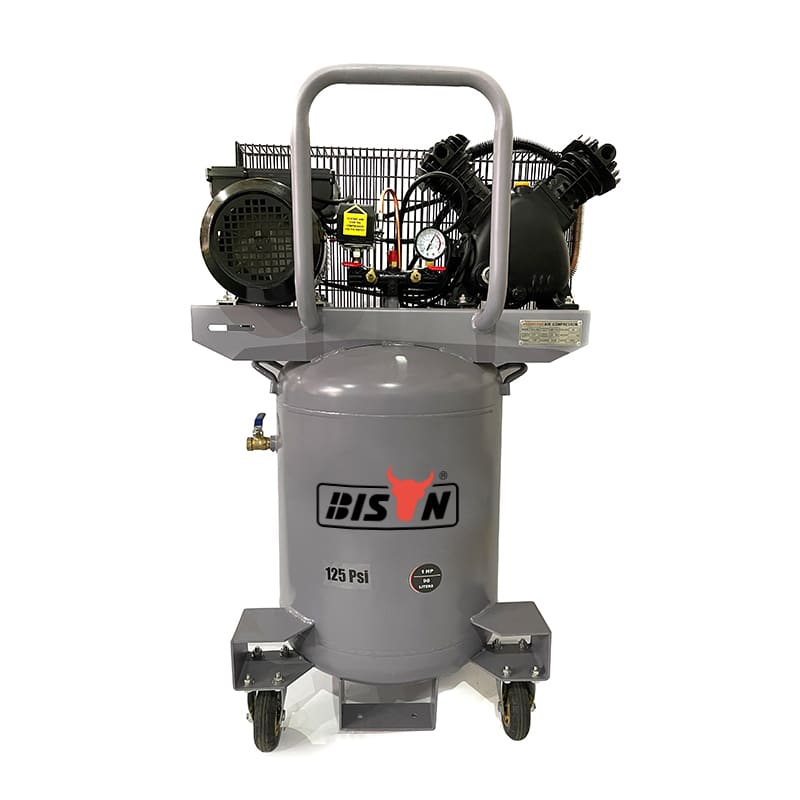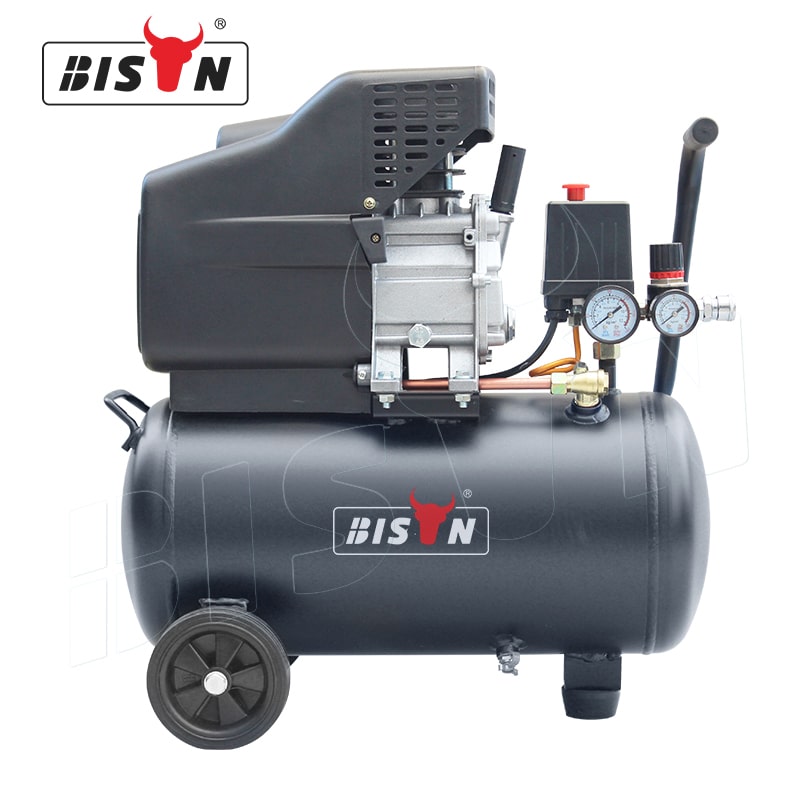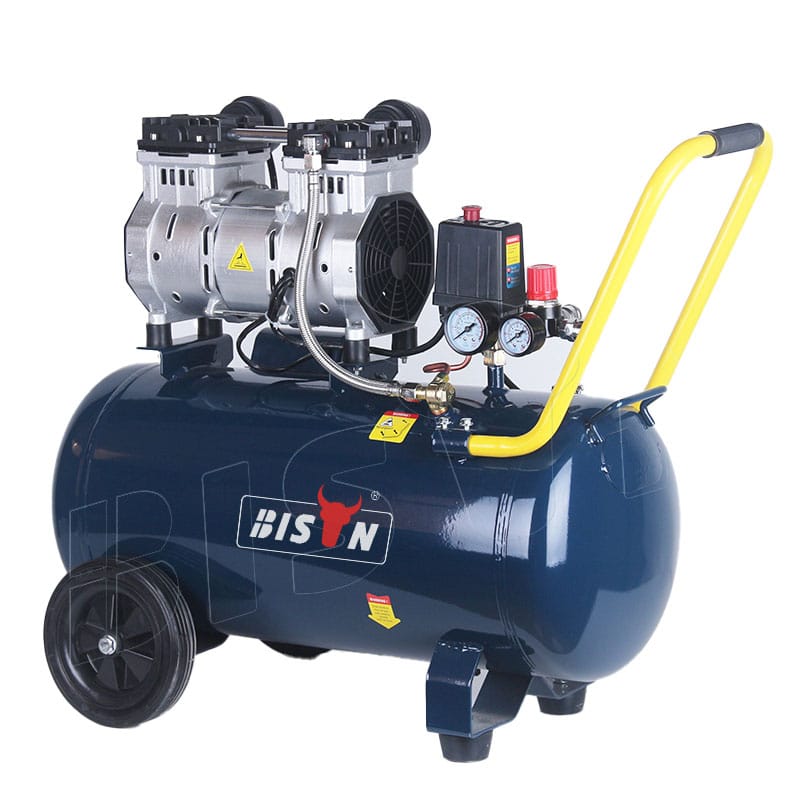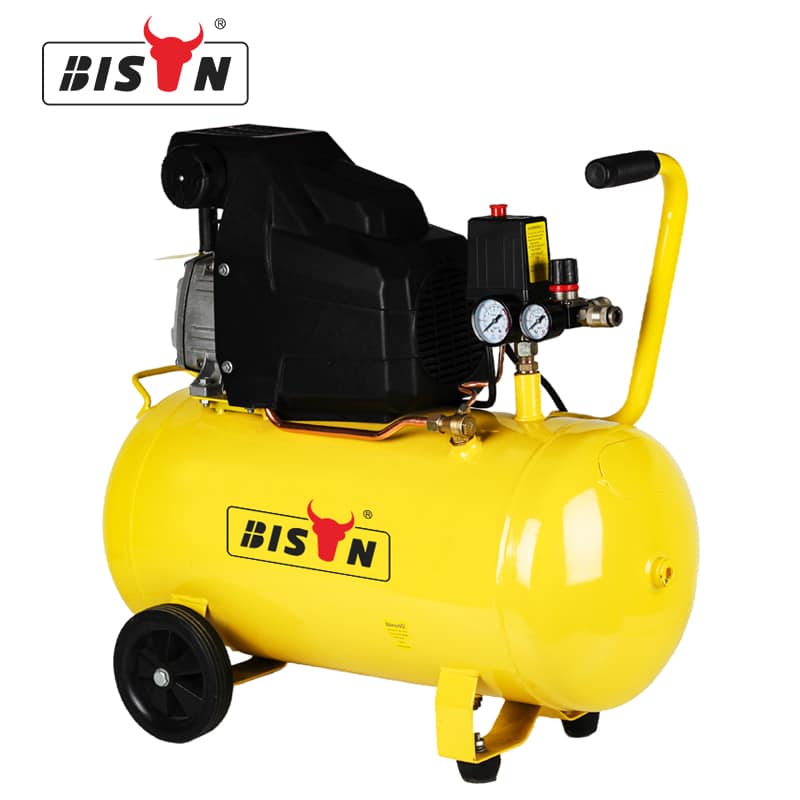air compressor blog
How to determine what size air compressor you need
- Apr 11, 2023
One of the biggest challenges is appropriately sizing your new air compressor. The vast array of sizes and specs seems overwhelming, and you find yourself lost in a sea of jargon and numbers.
In this comprehensive guide, we’ll demystify the process of determining the perfect air compressor size for your unique needs, ensuring that your project goes off without a hitch – and with plenty of pneumatic power to spare. So, let’s dive in!

How to find the right air compressor size?
To choose the suitable size air compressor, be mindful of your tool’s CFM requirements and select a model with 10-20% more than you need. Next, find a compressor with a large enough oil tank to power your tools for extended periods. Typically, 10-20 gallons is sufficient.
Technological improvements allow even small to mid-sized air compressors to deliver relatively high CFM and PSI. Only the most powerful industrial tools need tanks over 20 gallons and above-average CFM. You can break this process down into the following steps:
- Know the necessary air pressure
- Be aware of your CFM requirements
- Choose the correct duty cycle
- Select air capacity and tank size
#1 Know the necessary air pressure
Understanding your facility’s flow and pressure requirements is critical when selecting an air compressor. Pressure and flow are general terms when discussing air compressor.
Pressure can be measured in pounds per square inch (psi) or bar (the metric unit of measurement for pressure). In simple terms, pressure is the force required to perform a certain amount of work at any given time.
An air compressor must provide enough pressure to perform a given task. If 100 psi is required to get a job done, any pressure below that will not get the job done. It is essential to understand the pressure needed to size the compressor appropriately.
#2 Be aware of your CFM requirements
Flow, also known as free air delivery (FAD), can be measured in cubic feet per minute (cfm), liters per second (l/s), or cubic meters per hour (m3/h), depending on your geographic location.
In simple terms, flow is the ability of a compressor to continue performing its task within an acceptable time frame. The flow required depends on the time needed to complete a given job.
If the flow is insufficient, the job will require frequent interruptions, thus indicating that the compressor may be undersized.
Finally, when you want to provide enough compressed air for a given application, it is essential to consider the required compressed air flow rate (CFM) at the specific pressure (PSI) required for the process to work correctly.
To summarize, pressure (PSI) depends on your job, while flow (CFM) requires knowing how often the job has to be done or how many jobs you are doing simultaneously. It is essential to understand that under-sizing a compressor can result in pressure drop and inability to do its job while oversizing a unit can lead to future mechanical issues and potential failure of the compressor.
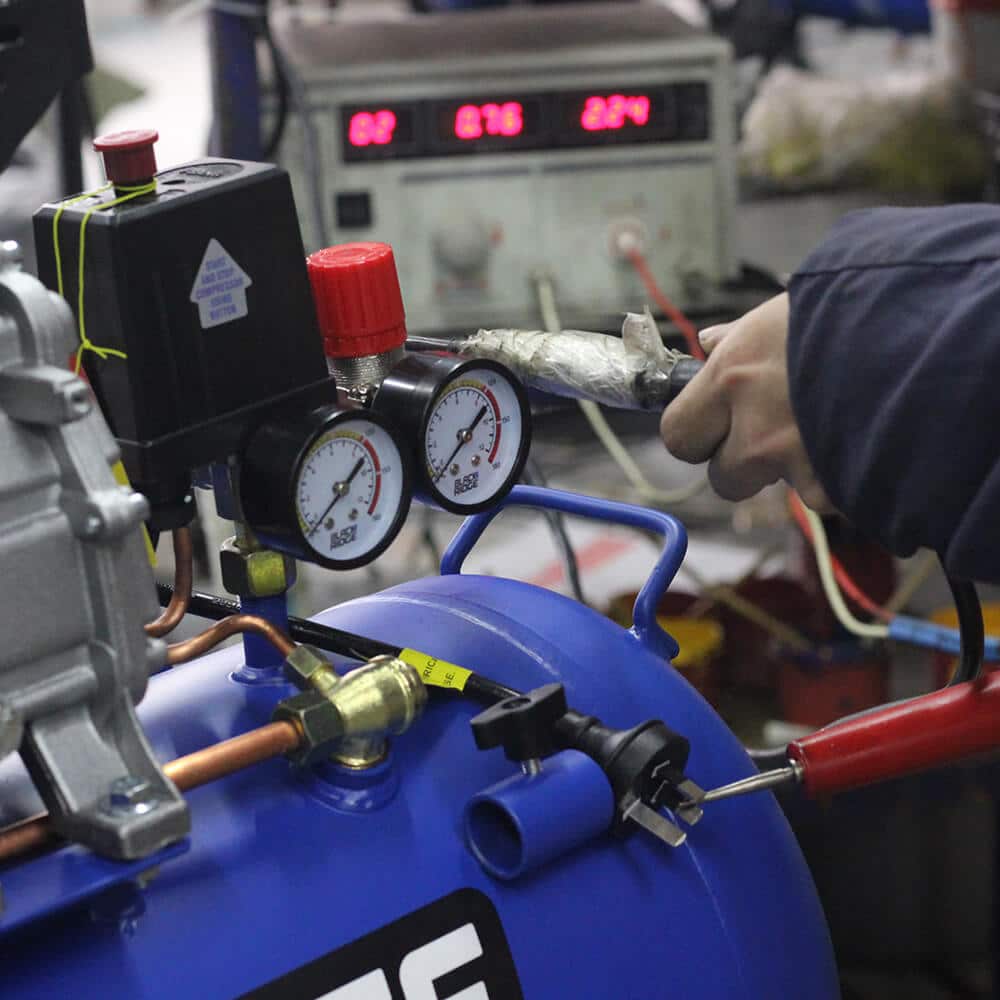
| Air Tool | Average CFM |
| Air Hammer | 3-11 |
| Die Grinder | 5-8 |
| Impact Wrench | 4-12 |
| Ratchet | 2-4 |
| Air Drill | 3-6 |
| Air Screwdriver | 2-5 |
| Air Saw | 8-10 |
| Air Sander | 6-10 |
| Paint Spray Gun | 4-8 |
| Air Grease Gun | 4-8 |
#3 Select the correct duty cycle
The duty cycle refers to the time ratio between air delivery and air refill. Because it takes time to pressurize and deliver air, most compressors need to rest and recharge the air tank after venting it. Larger compressors tend to have shorter duty cycles.
Assuming the compressor takes a minute to refill its reservoir, standard duty cycles include the following:
- 25%: The operator can discharge pressurized air for 15 seconds after resting for one minute. This duty cycle is suitable for small compressors for hobbyists.
- 50%: For every 30 seconds of operation, this duty cycle takes a full minute to cycle in the fresh air. This duty cycle is suitable for small teams that use airpower intermittently.
- 75%: After one minute of charging, these compressors can run for 45 seconds. This duty cycle suits medium-sized tools such as pneumatic wrenches, saws, and chisels.
- 100%: These compressors can produce air as fast as they can expel it. Because they can run for hours on end, their engines are equipped with cooling. Large workers use them for large tools in manufacturing and construction.
#4 Select air tank and water tank size
While the overall size of the compressor is not too important, the size of its oil tank affects air capacity and performance. Small air compressor tanks must be replenished frequently and cannot be run for long periods.
Construction crews need larger, higher-pressure air compressors. Larger models have tank sizes ranging from 1 gallon to 80 gallons. Generally, most teams should keep it around 20 gallons, as larger air compressors are more challenging to store.
There you have it, a guide to properly size an air compressor. We hope you know what things to remember while choosing the right size compressor for your needs. If you still need help, BISON’s experts are always ready. We will be happy to assist you in choosing the right type and size compressor for your specific needs.
frequently asked questions about How to determine what size air compressor you need
What is an air tool and compressor LPM?
The airflow produced by an air compressor is one of the most important ratings you must remember when choosing a compressor. To determine which air compressor will run which tools, you need to know the “LPM” requirements for the tools you will use. LPM is liters per minute and refers to the air the compressor can output. Most air tools have this LPM reading on their packaging to make it easy to match the air tool to the compressor.
What is FAD?
It is another way of referring to compressor LPM - remember, as long as the airflow out of the compressor is sufficient to power all the tools you intend to run at the proper PSI rating, run them, and you should have no problem. A simple equation that can be used to determine if a potential compressor is up to the job is to multiply the highest LPM rating of your current air tool by 1.5 to give yourself a little wiggle room.
What is the HP rating of the compressor?
Horsepower (written as HP) is another common rating used to determine the power of an air compressor. While it’s not as crucial as an LPM rating, it can give you a good idea of how long your motor will take to fill the air tank.
What is the PSI rating of the compressor?
The PSI rating refers to the air pressure that the compressor produces inside the tank, measured in pounds per square inch - sometimes compressors are also rated in bars. The higher the rating, the more “power” is available to drive the tool - this is especially important for impact hammers and wrenches.
What size air compressor is best for a nail gun?
Nailers are not continuous-use tools and therefore do not require a constant supply of compressed air. It uses a short burst of air to drive the nail. So all that you need is an air compressor rated at least 2-5 CFM. If you use a tank compressor, 2-6 gallons tank capacity should suffice.
What size air compressor is best for painting?
Painting mostly requires constant spraying. A big air compressor with a tank capacity of 10 gallons or the equivalent of CFM and PSI is more than enough for house painting jobs. This larger tank will help you avoid stopping and refilling every few minutes.
If you want to paint your car, BISON recommends a 60-gallon tank with 5-6 HP, a CFM output range of 14-18, and a pressure of 90 PSI. A compressor with a lower CFM output can still handle a paint gun but will cause overspray, especially during the precise coat stage.
If you have any enquiries about the BISON air compressor, we would love to hear from you.

